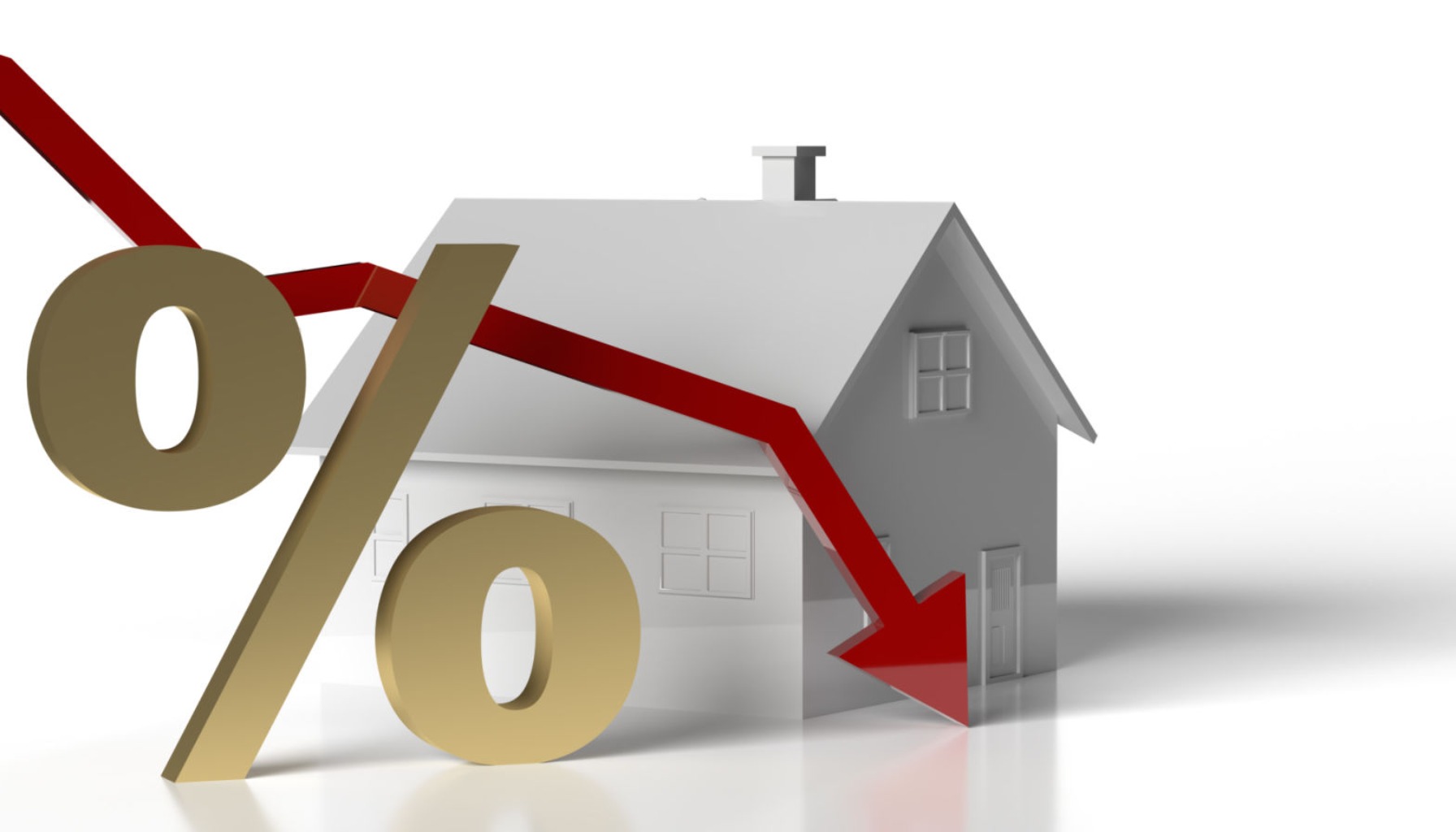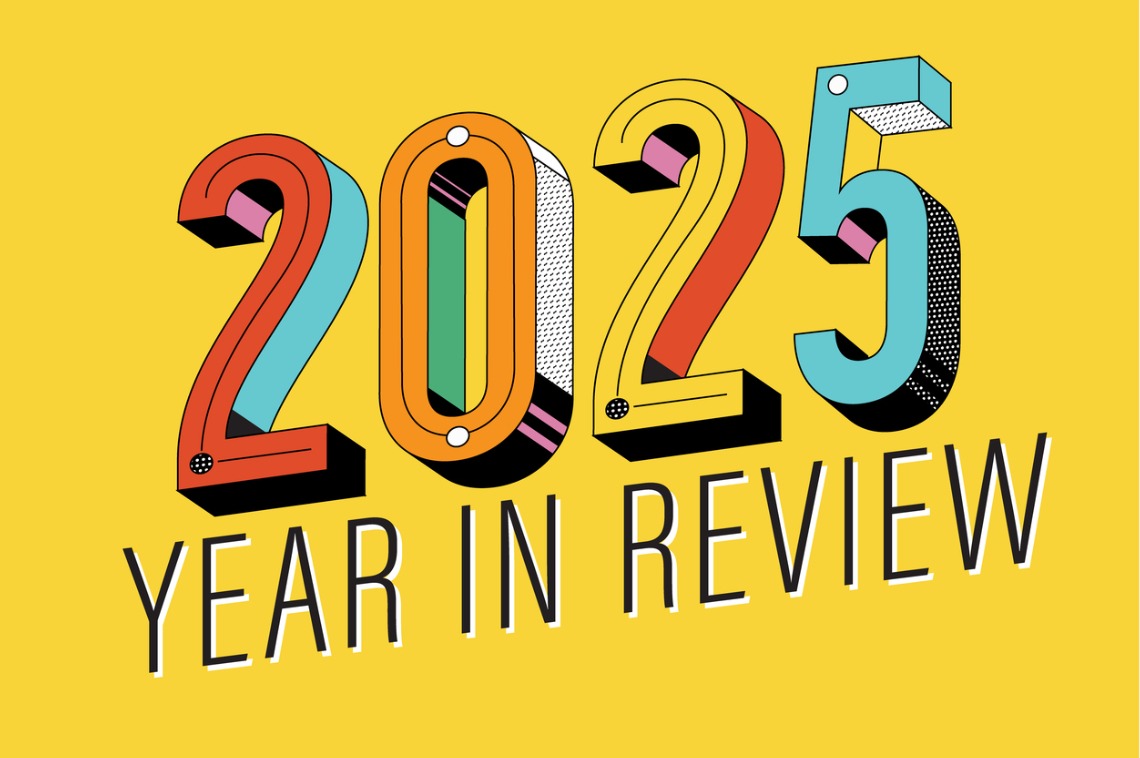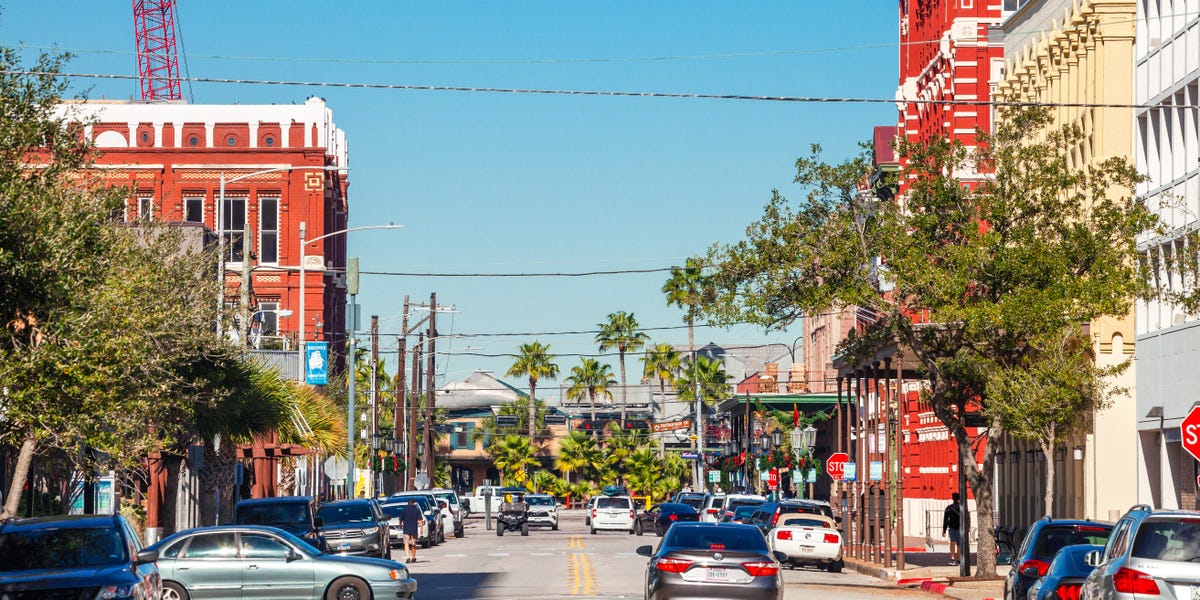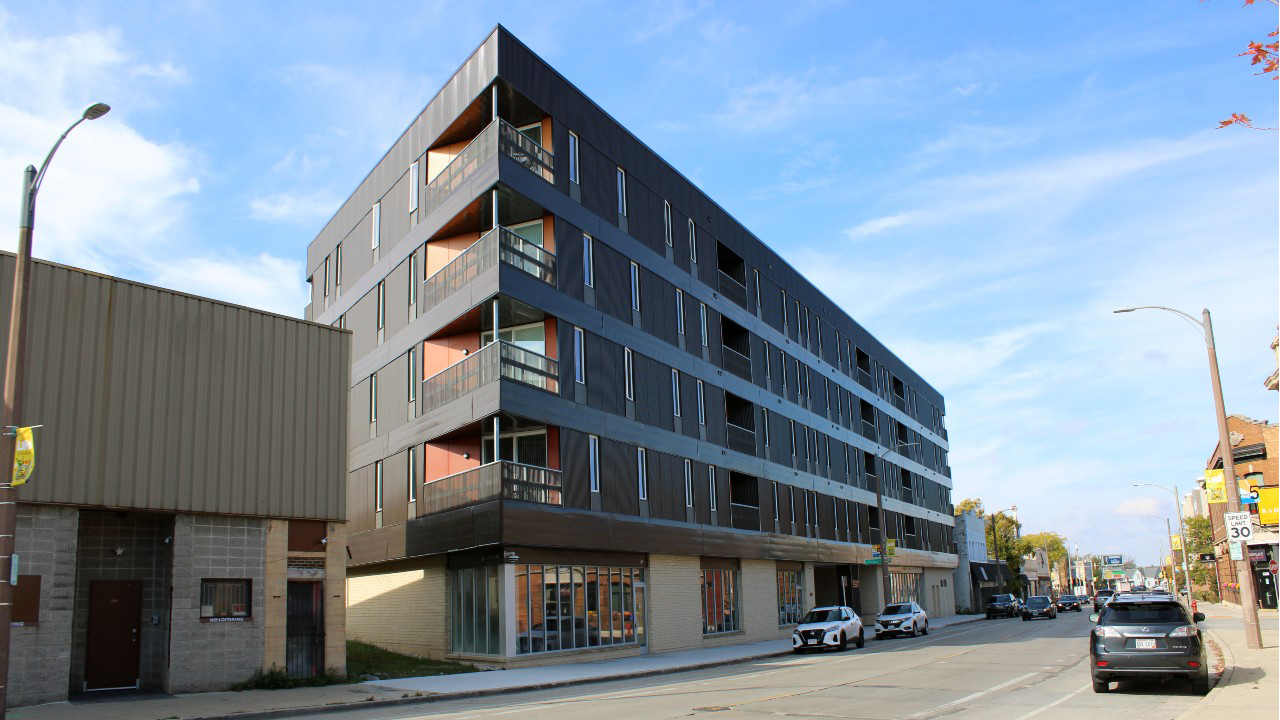A
re you dreaming of a 4% mortgage rate next year? Many are wondering if they should hold off on buying or refinancing, hoping for the super-low rates from the pandemic to make a comeback. However, experts predict that mortgage rates will not drop to 4% in 2026. While there may be small fluctuations, the general consensus is that rates will likely stay in the mid-6% range.
Currently, as of late July 2025, a 30-year fixed mortgage has an average interest rate of around 6.85%. This depends on your credit score, down payment, and lender. Here's a snapshot:
* 30-Year Fixed Mortgage Rate: Approximately 6.85%
* 15-Year Fixed Mortgage Rate: Around 5.87%
Those sub-3% rates seen during the peak of COVID-19 were exceptional, driven by emergency measures to prop up the economy. It was a unique situation unlikely to be repeated soon.
Expert predictions from major players in real estate and finance include:
* National Association of Realtors (NAR): 6.4% average forecast for 2025, 6.1% end forecast for 2026
* Fannie Mae: 6.7% average forecast for 2025, 6.1% end forecast for 2026
* Mortgage Bankers Association (MBA): 6.8% (Q3), 6.7% (Year-End) in 2025, 6.6% (Q1) in 2026
There's a consensus: no one expects a return to 4%. Most experts predict rates will hover in the low-to-mid 6% range throughout 2026.
Key factors shaping mortgage rates include:
* Inflation: As long as inflation remains above the Fed's target, significant rate cuts are unlikely.
* Federal Reserve Policies: The central bank is likely to take a measured approach to easing monetary policy.
* Economic Growth: A strong economy can put upward pressure on interest rates.
* Global Events: Trade wars, political instability, and other global events can create economic uncertainty.
A look back at mortgage rate history shows that today's rates are actually pretty average when you zoom out. Those super-low rates from 2020-2021 were a blip in the timeline, not the norm.
Deconstructing the unlikelihood of 4% mortgage rates in 2026 reveals:
* Inflation's staying power: As long as inflation remains above the Fed's target, significant rate cuts are unlikely.
* The Fed's cautious approach: The central bank is likely to take a measured approach to easing monetary policy.
* Still relatively high Treasury yields: The 10-year Treasury yield is hovering around 4.42%.
While a drop to 4% is unlikely, possible scenarios that could lead to lower rates include:
* A sharp decline in inflation
* An economic recession
* Global stability
Higher mortgage rates impact your wallet, translating to higher monthly mortgage payments. To navigate today's higher rate environment:
* Boost your credit score: A higher credit score can qualify you for a lower interest rate.
* Increase your down payment: A larger down payment can lower your loan-to-value ratio, potentially resulting in a better rate.
* Consider an Adjustable-Rate Mortgage (ARM): ARMs often have lower initial rates, but keep in mind that the rate can adjust in the future.
* Shop around: It's essential to compare rates from multiple lenders to find the best deal.
The bottom line is that hope is not a strategy. Be realistic about your expectations and focus on what you can control. Improve your credit, save for a larger down payment, and shop around for the best rates.















